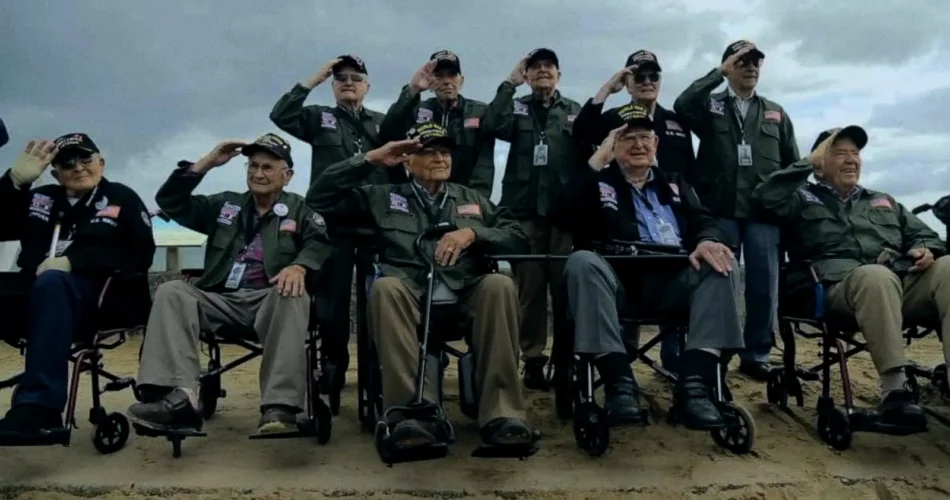Reflecting on the passage of time and its impact on generations, especially those who have lived through monumental global events like World War II, offers a profound perspective on history and its lasting effects on society. As we approach significant anniversaries of the war, it is striking to consider the dwindling number of veterans who directly experienced these historical moments.
World War II, which mobilized millions across various continents, is a stark reminder of the sheer scale of global conflict. The United States, for example, had over 16 million individuals in service during the war. As of recent estimates, only a small fraction of these veterans remain, with numbers declining each day. This pattern is consistent globally, with veterans in countries like Japan, India, Russia, and Germany, all witnessing similar reductions in their ranks.
Healthcare quality, economic conditions, and environmental factors significantly influence the longevity of these veterans. It is both poignant and enlightening to track the decline in their numbers, as it underscores the relentless march of time and the inevitable fading of direct human memory regarding past events.
In countries like India and Japan, where millions are served, the remaining veterans are a precious link to the past. Their experiences and testimonies serve as invaluable educational resources and are central to preserving the history of World War II for future generations.

As these veterans pass away, the responsibility to keep their memories and the lessons learned from the war alive falls to us. It highlights the importance of historical preservation and education, ensuring that future generations understand the complexities and the human cost of global conflicts.
This reflection is not just about remembering those who served but also understanding the transformative impact such global events have on societies and individuals alike. It challenges us to consider how we honor and preserve the legacy of those who came before us and how we use their experiences to inform our future.
Numbers:
- 🇺🇸 United States: Initially, 16.1 million Americans served in WWII. By the last estimates in 2023, approximately 19,500 were still alive, though the number decreases daily.
- 🇯🇵 Japan: Known for its high life expectancy and excellent healthcare, Japan had over 6 million service members during the war, with around 100,000 still believed to be alive in 2024.
- 🇮🇳 India: Contributing significantly with at least 2.5 million soldiers, around 100,000 Indian veterans are estimated to still be alive.
- 🇷🇺 Russia: From an enormous contribution of around 34 million, it’s estimated that about 75,000 Russian WWII veterans were still living as of 2024.
- 🇩🇪 Germany: Approximately 70,000 veterans remain from the 13.6 million who served, including younger conscripts from the war’s final years.
- 🇬🇧 United Kingdom: Of the 3.8 million Britons who served, roughly 70,000 were believed to be alive in 2024. The UK also boasts the world’s oldest living male WWII veteran, John Tinniswood, who was 111 years old.
- 🇨🇦 Canada and 🇦🇺 Australia: These nations have smaller numbers of surviving veterans, with around 8,000 in Canada and between 2,500 to 3,000 in Australia.
- 🇨🇳 China: Fewer than 3,000 veterans of the National Revolutionary Army are estimated to remain in mainland China, with unknown numbers in Taiwan.
- 🇳🇿 New Zealand: About 1,300 of the 105,000 who served are still alive.
These figures provide a sobering reminder of the passage of time and the urgency of capturing and preserving the firsthand accounts of these men and women before it’s too late. Their experiences form a crucial chapter in the global memory of one of the 20th century’s defining conflicts.
